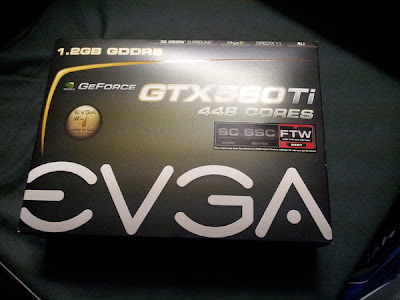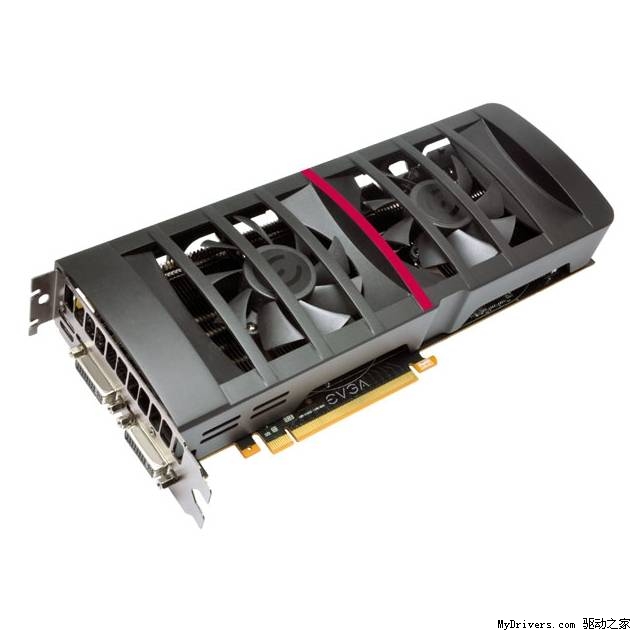In a move than could very well be interpreted as exchanging one problem for another, Advanced Micro Devices has decided to stop focusing so much on the PC business and get its act closer together on the mobile front.
The Bulldozer disaster, as it is known in some circles, must have persuaded AMD's leadership that the PC side of their business wasn't flying very well and far anymore.
Though everyone was expecting much from 8-core processors, the performance was, in the end, well lower than some of AMD's own previous-generation chips.
Whether because of this or something else, it was reported that Advanced Micro Devices has chosen to distance itself from its competition with Intel.
That is to say, it will focus less on processors for PCs and pay more attention to the mobile market.
As such, it will probably start to customize its Fusion platform in such a way as to create tablet and smartphone chips.
"We're at an inflection point," said AMD spokesman Mike Silverman, according to a Mercury News report. "We will all need to let go of the old 'AMD versus Intel' mindset, because it won't be about that anymore."
If anything, 2011, with more than half a year of lacking an actual CEO, was a clear symptom that Advanced Micro Devices had to do something, and soon.
The company has a new leader now and, sure enough, the man took some fairly drastic measures, and that includes more than this latest change in direction, as well as a branded RAM project.
The workforce also suffered, especially the PR and marketing departments (AMD axed large portions of each as part of its plan to cut total worldwide employee count by 10%).
The complicated thing about the focus on mobile is that ARM already has that well enough in hand, and NVIDIA just launched the Kal-El too. AMD may just be exchanging one headache for another with this.



 11/29/2011 11:59:00 PM
11/29/2011 11:59:00 PM
 dannzfay
dannzfay

















































